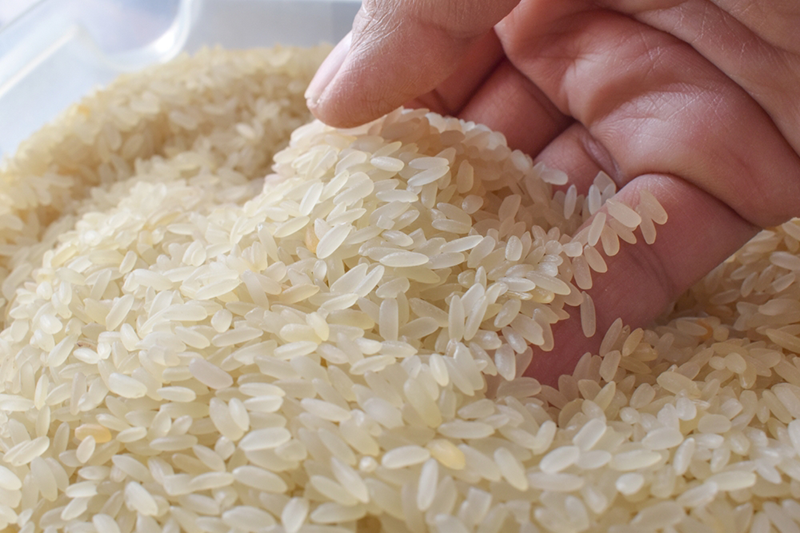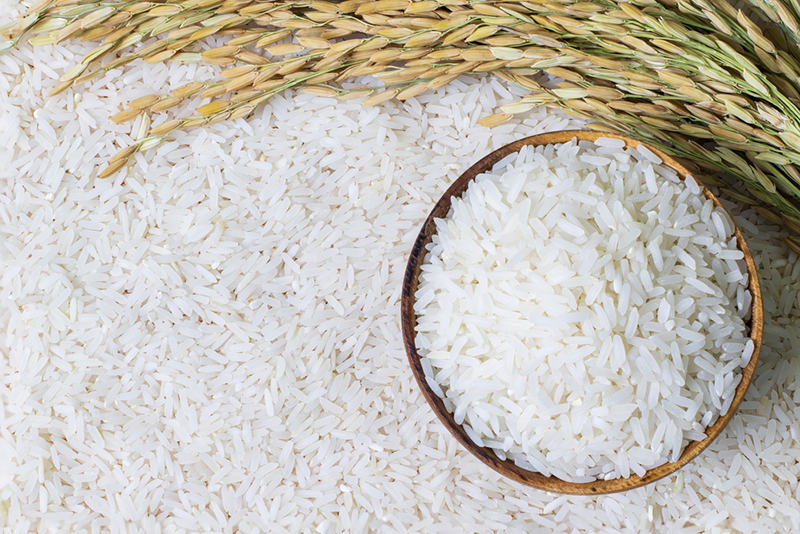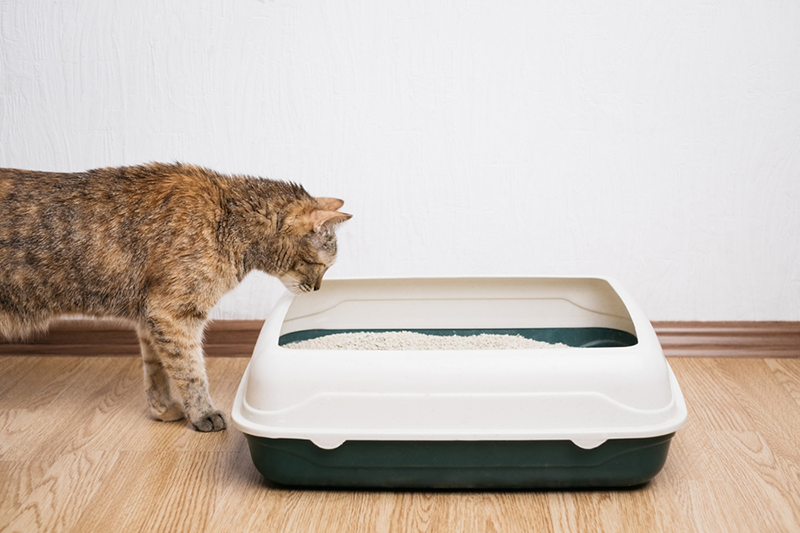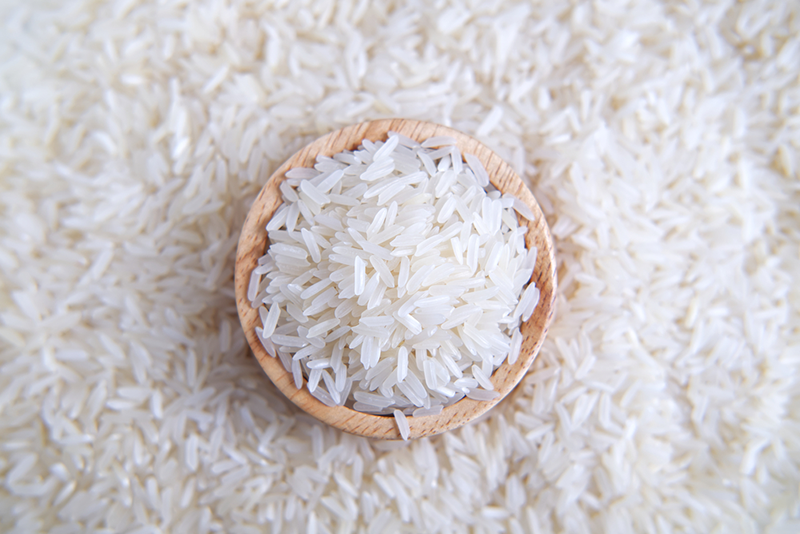Cats are amongst the most well-liked pets in America, behind only dogs.1 They’re friendly, playful, and straightforward to take care of. Nevertheless, they do undergo quite a little bit of litter, which may cause some owners to search for suitable alternatives, especially in an emergency. One item in your private home that you just might think can be an excellent alternative to traditional cat litter is rice.
You possibly can indeed use rice as cat litter, however it probably won’t be suitable in the long run for many owners. Keep reading as we list the professionals and cons of using rice for litter and supply several suggestions and tricks which you can use for the most effective results.
The 6 Benefits of Using Rice as Cat Litter
1. Cost Effective
Using rice as cat litter will be cost effective when you buy it in large quantities. Clay litter costs between $0.50 and $1 per pound. You could find several rice brands for about that price, especially when buying greater than 10 kilos at a time. Specialized litter, like silica litter, will be several times dearer.
2. Environmentally Friendly
Unlike many industrial cat litters, rice is a biodegradable material. It might be a more environmentally conscious selection for cat owners concerned concerning the disposability of clay and other litters.
 Image Credit: Maliflower73, Shutterstock
Image Credit: Maliflower73, Shutterstock
3. Protected for Cats
Rice is non-toxic and secure for cats. It poses no immediate health risks and will be a superb option for households with cats which have sensitivities or allergies to dust or other cat litter ingredients.
4. Easy to Dispose Of
Rice will be easily disposed of in your compost or garden, reducing waste and contributing to a greener lifestyle.
5. Absorbent
Rice is incredibly absorbent and simply absorbs your cat’s urine, though it will possibly take longer than traditional clumping litter.
 Image Credit: SURAKIT SAWANGCHIT, Shutterstock
Image Credit: SURAKIT SAWANGCHIT, Shutterstock
6. Low Dust
Certainly one of the most important complaints of pet owners who use clay litter is that it will possibly be quite dusty, which may make a large number out of your home. Rice produces no dust and is an excellent selection for people or pets that suffer from respiration issues.
The 4 Drawbacks of Using Rice as Cat Litter
1. Tracking
Rice grains are small, and your cat can track them throughout the home, spreading bacteria and increasing cleanup.
2. Frequent Substitute
You may find that you must replace the rice more steadily than other sorts of litter because it won’t absorb odors.
 Image Credit: Duet PandG, Shutterstock
Image Credit: Duet PandG, Shutterstock
3. Odor Control
Since rice absorbs urine more slowly than clay, and it won’t help with odor control.
4. Pests
Unfortunately, since rice litter struggles with odor control and is itself a food, it will possibly attract insects, which can cause you to vary out the rice more steadily, potentially raising costs.

Continuously Asked Questions
Methods to Use Rice as Cat Litter
- Select plain, uncooked rice, avoiding flavored, seasoned, or easy varieties.
- Before use, be sure that the rice is clean and freed from any contaminants. Rinse it thoroughly to remove dust, dirt, and any potential debris.
- Fill your cat’s litter box with rice like your would with traditional cat litter. The depth must be much like what you’d normally use.
- Keep watch over the rice litter. Because it loses its absorbency, replace it to take care of a clean and odor-free litter box.
- Observe how your cat reacts to the rice litter. Some cats may not adjust well to the change, and ensuring that your pet is comfortable is important.
What Sort of Rice Should I Use as Cat Litter?
Rice is a secure and economical alternative to traditional cat litter. Select plain, uncooked rice with none added flavors or seasonings, like white rice or brown rice. It’s essential to first rinse the rice to remove contaminants, then you should utilize it similarly to traditional cat litter. Avoid using easy or quick-cook rice, as these could also be less effective.
 Image Credit: Apisit Hrpp, Shutterstock
Image Credit: Apisit Hrpp, Shutterstock
Is Rice Absorbent Enough to Work as Cat Litter?
While rice is absorbent, it isn’t as absorbent as industrial cat litter. It might absorb a specific amount of moisture, but you will have to vary it more steadily, especially if you could have multiple cats.
What About Odor Control?
Rice alone shouldn’t be as effective at controlling odors as specialized cat litter. To assist with odor control, consider adding baking soda to the rice or changing it more steadily. Regular scooping of soiled areas can even help manage odors.
Can I Mix Rice With Other Litter Types?
Yes, you possibly can mix rice with other cat litter types if you would like to improve absorbency or odor control. Mixing rice with a clumping clay or silica-based litter could be a practical solution.
What If My Cat Eats the Rice?
Ingesting small amounts of rice litter is mostly not harmful to cats. Nevertheless, monitor your cat’s behavior, and when you notice excessive consumption, discontinue using rice as cat litter to stop digestive issues.
![]() Image Credit: Pixel-Shot, Shutterstock
Image Credit: Pixel-Shot, Shutterstock

Summary
Should you by chance ran out of litter and are on the lookout for a fast substitute, rice could be a perfect solution. It’s fairly inexpensive, is absorbent, doesn’t produce dust, and there may be an excellent probability that you just have already got some in your private home. Nevertheless, it is probably not an excellent selection in the long run since it absorbs slowly and fewer effectively than traditional litter, so it struggles with odor control. As a food, rice might attract insects or your cat may eat it, so using rice long-term is probably not ideal for some situations.
Featured Image Credit: matin, Shutterstock

